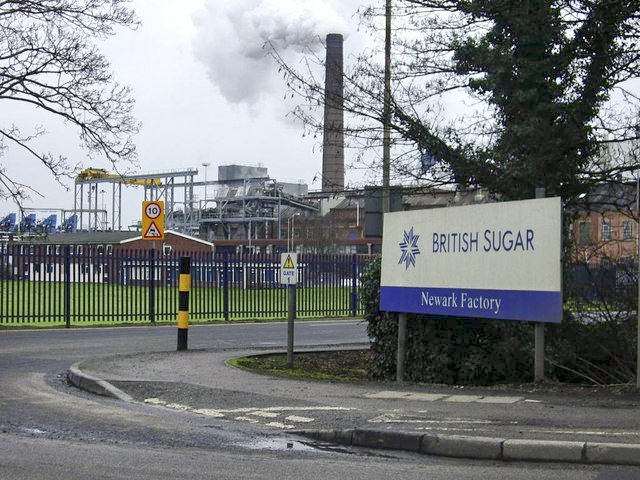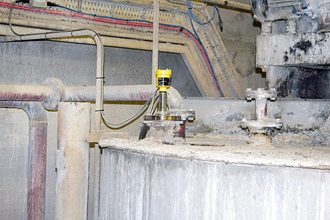Effective level control in milk of lime mixing vessel |
As the sole processor of the UK’s beet sugar crop, British Sugar work in partnership with 3,500 growers and customers to deliver a world-class product that is made to the highest standards every day. Processing around eight million tonnes of sugar beet and producing up to 1.4 million tonnes of sugar each year, they are the leading producer for the British and Irish food and beverage markets. Sugar beet processing is a complex and demanding process. To consistently produce highest quality product and maintain the lead in efficiency, requires continuous innovation and process enhancements.
One area, recently improved, at its Newark production site is the production and mixing of milk of lime. This is an essential formulation for use in sugar production when purifying the juice from beet or cane. Typically, 125kg of limestone is consumed in the production of one ton of sugar, so it is a significant process input. Sugar beet is sliced up and passed through a diffuser to extract the sugar juice. Lime, produced from calcium limestone, is used in the next stage of the production process. It is converted into milk of lime and this is used to capture and remove impurities in the juice of sugar beet. A high quality lime-water mixture is required in the sugar process to ensure an efficient, high quality sugar juice purification stage.
Most of the sugar-processing plants have their own lime kilns, and they require good, high purity limestone to burn. This ‘high calcium’ limestone is converted into quicklime in lime kilns, at a temperature of 900°C. To obtain milk of lime, the ‘calcined’ lime is mixed into water and it is during this process that an accurate, reliable level measurement ensures consistent production.
One area, recently improved, at its Newark production site is the production and mixing of milk of lime. This is an essential formulation for use in sugar production when purifying the juice from beet or cane. Typically, 125kg of limestone is consumed in the production of one ton of sugar, so it is a significant process input. Sugar beet is sliced up and passed through a diffuser to extract the sugar juice. Lime, produced from calcium limestone, is used in the next stage of the production process. It is converted into milk of lime and this is used to capture and remove impurities in the juice of sugar beet. A high quality lime-water mixture is required in the sugar process to ensure an efficient, high quality sugar juice purification stage.
Most of the sugar-processing plants have their own lime kilns, and they require good, high purity limestone to burn. This ‘high calcium’ limestone is converted into quicklime in lime kilns, at a temperature of 900°C. To obtain milk of lime, the ‘calcined’ lime is mixed into water and it is during this process that an accurate, reliable level measurement ensures consistent production.
Reduction of operating costs and maintenance effort
Originally a differential pressure transmitter was used with a modified back-pressure bubbler system, to try to maintain a clear level measurement. However, maintenance was unpleasant and running costs were still high, from the use of compressed air, accuracy compromised by tube blockages, build up and, of course, the changing density as the lime was added into the water. The exothermic reaction of mixing the alkali and water also produces heavy condensation inside the tank.
The process area requires necessarily high level of safety as the lime is harmful and an irritant to both skin and eyes in particular. Tank overflows and any consequential clean-up are unpleasant and hazardous. So, any form of level control that can increase reliability and reduce exposure of maintenance personnel in this area of the plant is of interest, and British Sugar were keen to look for a new measurement solution.
The process area requires necessarily high level of safety as the lime is harmful and an irritant to both skin and eyes in particular. Tank overflows and any consequential clean-up are unpleasant and hazardous. So, any form of level control that can increase reliability and reduce exposure of maintenance personnel in this area of the plant is of interest, and British Sugar were keen to look for a new measurement solution.
As a result, British Sugar has installed a 80 GHz radar from VEGA, which is successfully working and following the liquid level, despite the turbulent surface and steamy environment producing high levels of condensation; as well as build up and splashing on the antenna from the milk of lime solution. All outer surfaces of the device are either plastic or stainless steel in construction with a fully encapsulated PTFE antenna system, which means minimal corrosion and a longer operating life for the sensor in this highly alkaline environment.
Buildup and difficult installation position are no problem with the high measurement frequency of 80 GHz
Another challenge was the ideal mounting position: to minimise splashing and build up on the sensor, it was better situated quite close to the vessel wall – but not an ideal position for a contactless level sensor as the proximity of the wall and any build up will interfere and compromise both performance and accuracy. The unit installed, uses 80 GHz frequency, which means its DN80/3” flange only has a 3 degree beam angle. The result of this is that it handles the situation with ease, the more focused sensor signal beam bypasses the vessel wall and any build up, following the level confidently. VEGA 80Ghz radar possesses some unique performance characteristics, unrivalled 120dB sensitivity, combined with the enhanced focussing and market leading signal processing software means it creates a formidable package. These abilities enable it to cope with challenges like mounting close to vessel edges (through valves or long nozzles), coping with heavy condensation and build up on the sensor face to deliver a reliable measurement, even with a turbulent or agitated process surface.
British Sugar at Newark are very happy with the results from this application, an improved reliability level measurement, better quality milk of lime and less maintenance time lost working on instruments or clean ups in the lime mixing plant.
British Sugar at Newark are very happy with the results from this application, an improved reliability level measurement, better quality milk of lime and less maintenance time lost working on instruments or clean ups in the lime mixing plant.
Industries
Related applications
Sugar vacuum pan
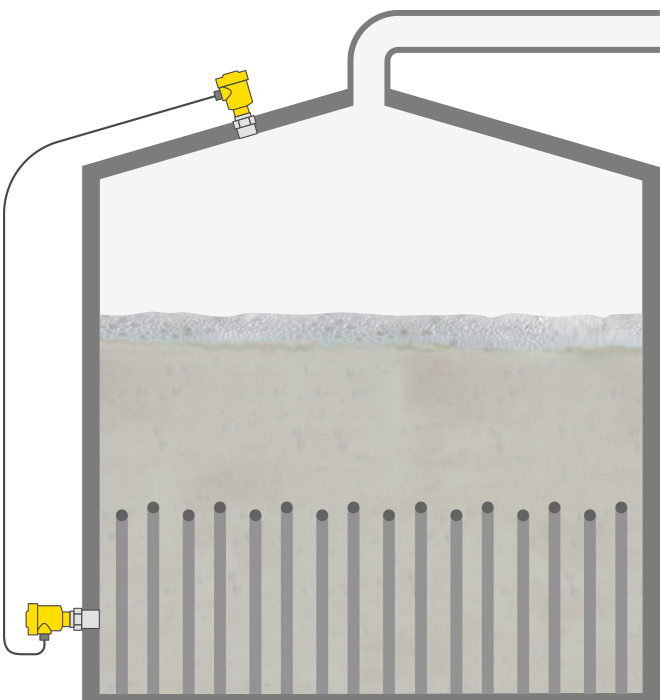
Level measurement in a sugar vacuum pan
To the applicationConveyor belt for sugar beet
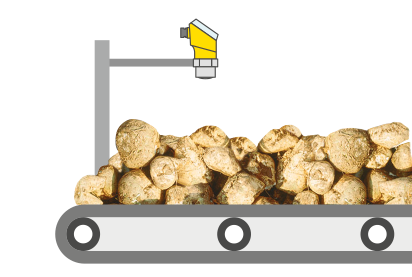
Measuring the level of sugar beets on the conveyor belt
To the applicationSugar dissolver vessel
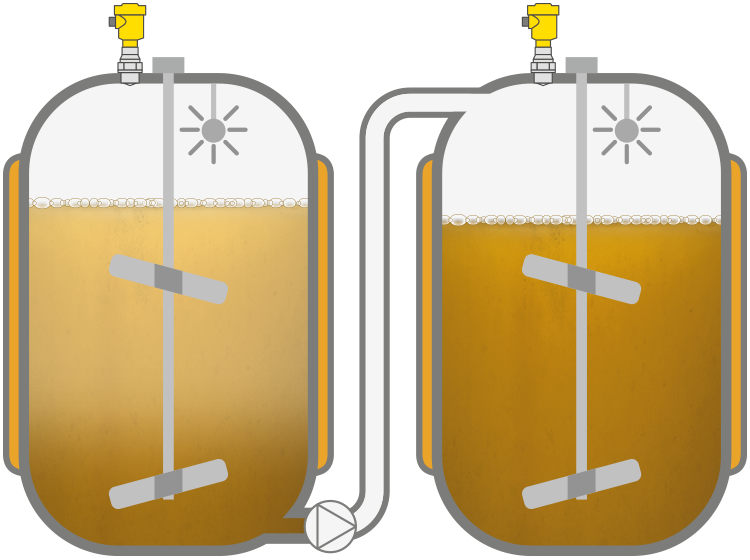
Level measurement in the sugar dissolver vessel
To the applicationThickener for sugar beet juice
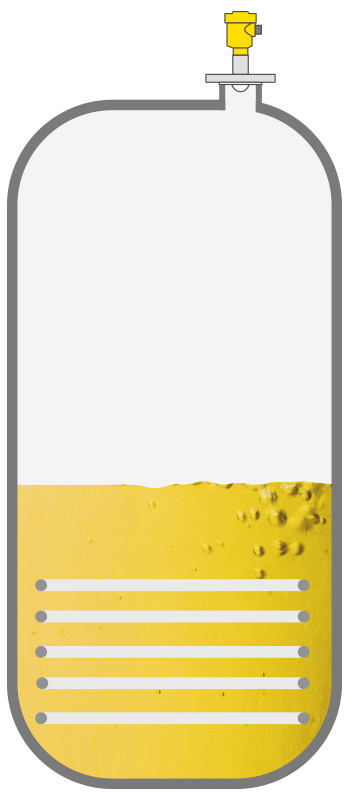
Level measurement in a thickener
To the applicationProduct information
Related articles
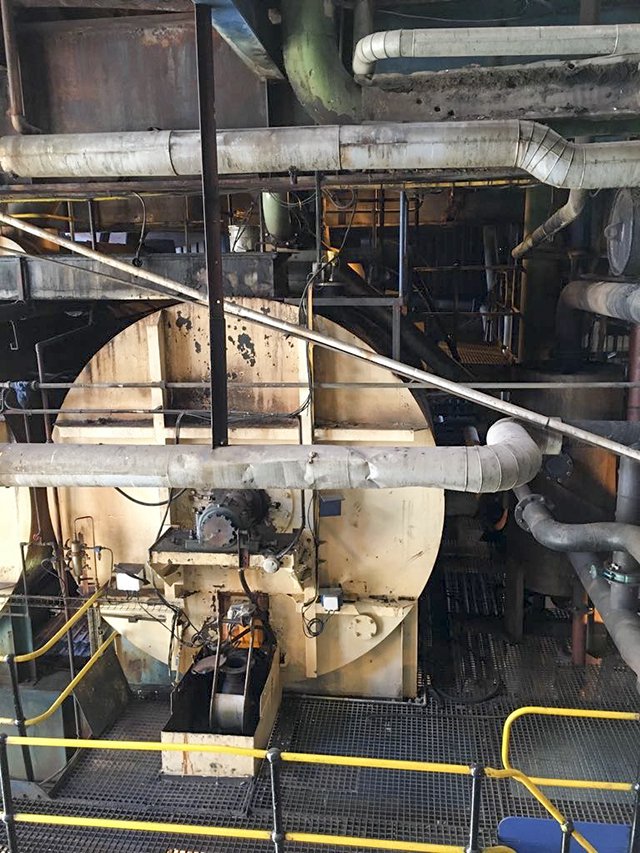
VEGAPULS 64 provides reliability in the crystallization process in sugar production
Export this article
Download as PDFShare this article
Comments ({{comments.length}})
This article has no comments yet. Write the first one now!
{{getCommentAuthor(comment, "Anonymous")}} {{comment.timestamp | date : "dd.MM.yyyy HH:mm" }}
{{comment.comment}}
This field is mandatory
This field is mandatory
This field is mandatory
Invalid email address
This field is mandatory
Your comment must not contain any links or email addresses
This field is mandatory
Invalid captcha
untranslated: 'Blog_SendComment_Error'

